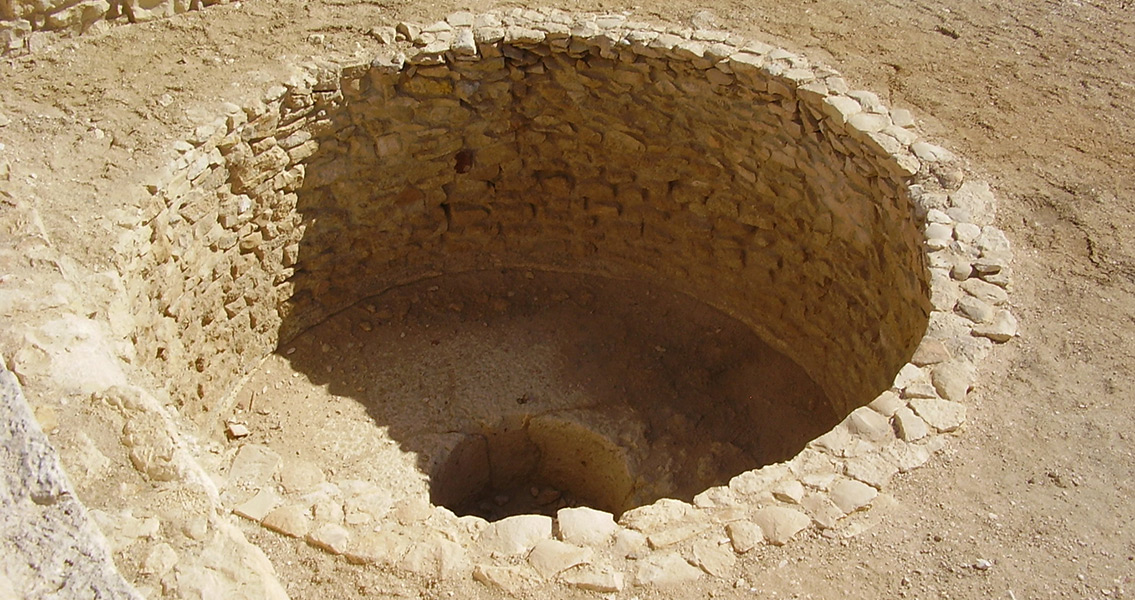<![CDATA[A recent salvage excavation in the town of Netivot, located within the semi-arid Negev region of southern Israel, has discovered the ruins of a late Byzantine period village – complete with a pair of wine presses dating back to the 6th century CE. The excavation, undertaken by the Israel Antiquities Authority (IAA) ahead of construction efforts for a new residential block within the town, was conducted by teenage volunteers from both Netivot and nearby Ashkelon as well as prospective recruits for the Israeli Defense Force, who were engaged in 12 months worth of community service in the Negev. Several different buildings were uncovered alongside the two wine presses, one of which seems to have been a workshop during the 6th to 7th centuries. Another building, which seemed to be open to the public, had been adorned with marble latticework depicting floral arrangements and a cruciform shape. Meanwhile, seals, oil candles, clay cups and other day-to-day tools were discovered in the remains of the village as well. IAA dig site supervisor Ilan Peretz said in a press release from the authority that at least one of the wine presses discovered at the site was noteworthy due to its high level of sophistication. This is a strong indication that the site was used to produce wine commercially. The process for making the wine would have begun by pressing the grapes before funneling the juice through canals to a pit where it would sit long enough for the sediment to settle. The wine would then be piped into stone and marble-lined vats to ferment; finally, the last step in the process would be to store the wine in so-called “Gaza jugs”, or clay bottles specifically created for the process. Hundreds of these jugs have been uncovered at the dig site, further reinforcing Peretz’s surmise that the town had once been a center for local commercial wine production. Much of the wine likely went to the Christian community that were living there at the time, based on the etchings on one of the vats that was found located in close proximity to the wine press. Several seashells had been chosen as an adornment for the vat, and a crucifix scratched to indicate the religious background of the winery. While the ethnicity of the former inhabitants of the town is unclear, with the ruins dating from the 6th to 7th centuries it is highly possible that it was founded and thrived during Byzantine rule of the region – especially in light of how the Byzantines are considered to have introduced Christianity to the region and aided in the development of the Negev into agricultural land. Meanwhile, the tradition of wine making continues in the region today, including one of the first solar-powered wineries in the world. ]]>
6th Century Wine Presses Discovered in Israeli Excavation
